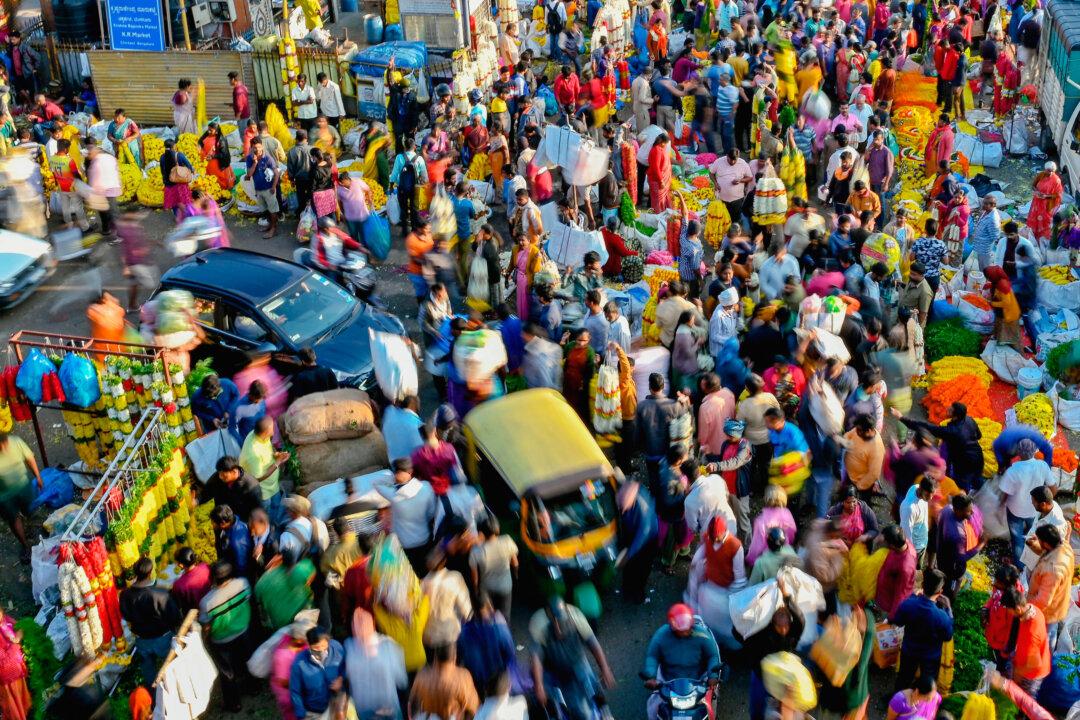India has surpassed China as the world’s most populous country, according to the U.N.
The Indian population rose to 1.428 billion, 3 million more than China’s 1.425 billion, according to data from the U.N. Population Fund’s (UNFPA) “State of World Population Report, 2023” on April 19.





